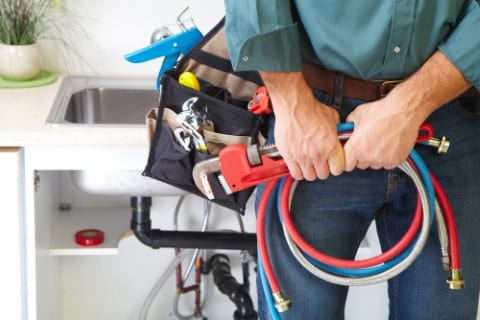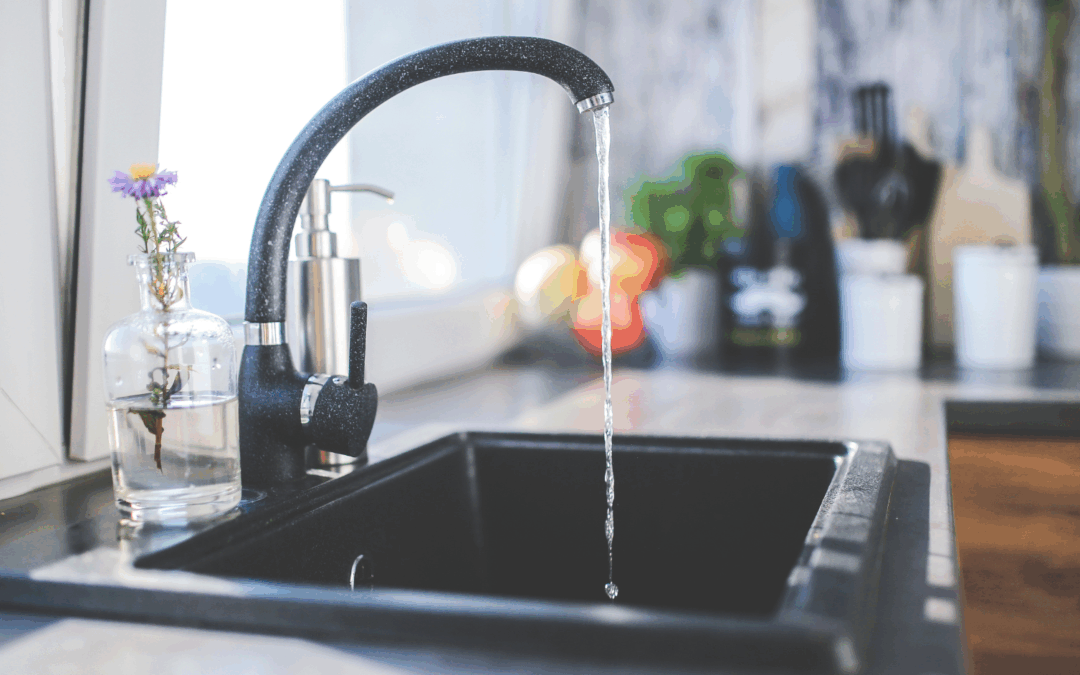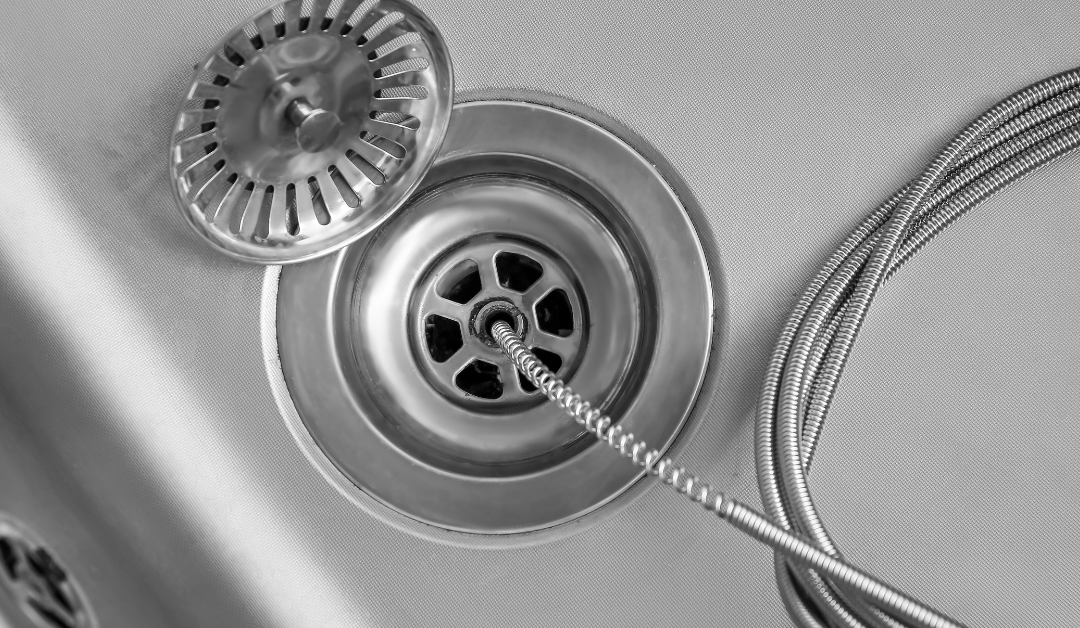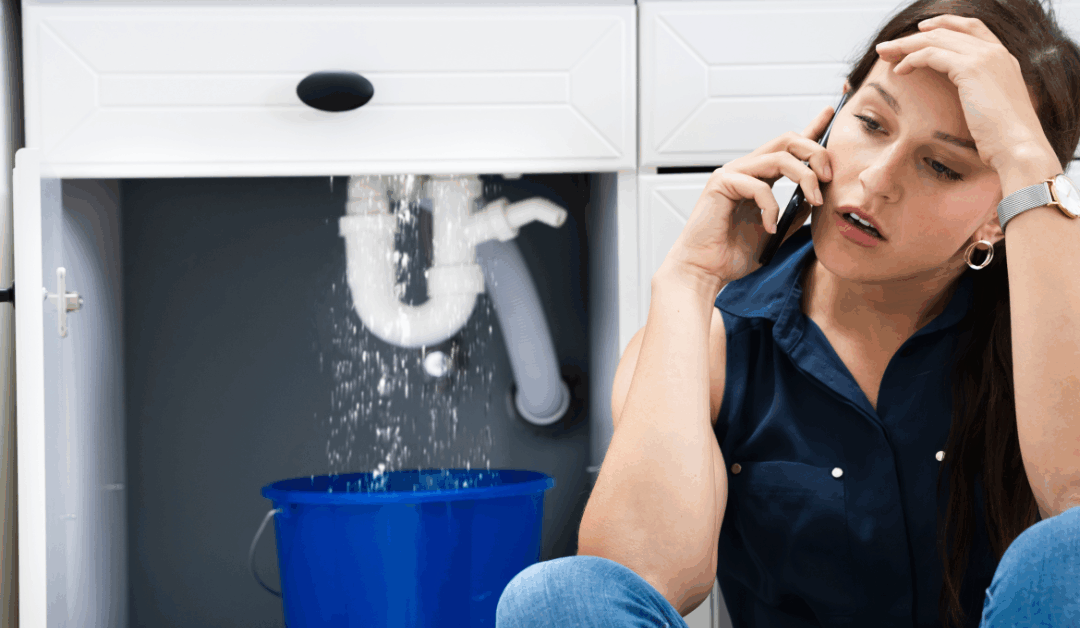When it comes to securing a leak-free connection in your plumbing projects, plumbers tape is an essential tool in every toolbox. Also known as thread seal tape, Teflon tape, or PTFE tape, this handy material ensures your pipe fittings create a watertight or airtight seal. Whether you’re a professional plumber, a homeowner tackling DIY fixes, or a fluid power enthusiast, understanding the proper use of plumber’s tape can save you time, effort, and money.
This guide will explore everything you need to know about plumber’s tape, from its types and applications to step-by-step instructions for achieving a perfect seal.
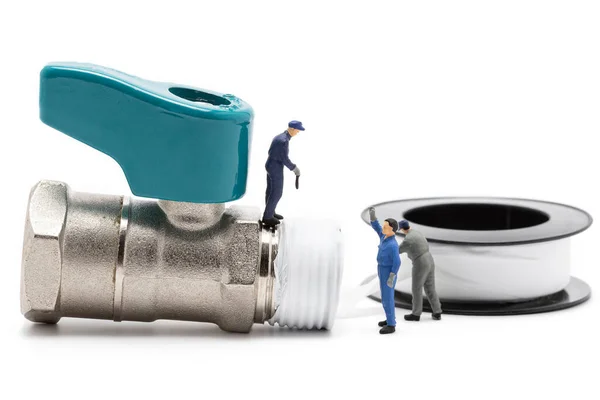
Schedule Service Online
Get a free estimate so you know what you're signing up for
"*" indicates required fields
For Emergency Services Call: 410-255-9300
What is Plumber’s Tape?
Plumber’s tape, often called Teflon tape (although “Teflon” is a brand name), is a thin, flexible film made from polytetrafluoroethylene (PTFE). It’s specifically designed to reduce friction between threads, fill gaps in pipe fittings, and create an effective seal. Plumber’s tape can be used on a wide range of plumbing applications, from water and gas lines to oxygen pipes, thanks to its heat resistance and high durability.
Types of Plumbers Tape and Their Uses
Plumbers tape, also known as Teflon tape or thread seal tape, comes in different varieties, each designed for specific applications. Understanding the different types of plumbers tape and their uses can help you make the right choice for your plumbing projects. Here are the most common types:
- Standard White Plumbers Tape: This is the most commonly used type of plumbers tape, made of white PTFE (polytetrafluoroethylene). Ideal for sealing water pipe threads and preventing leaks in plumbing fixtures.
- Yellow Gas Line Tape: Yellow Teflon tape is specifically designed for use in gas lines. It has a higher density than standard white tape, providing a better seal in gas connections.
- Pink Plumbers Tape: Pink Teflon tape is typically used for oxygen systems, medical-grade applications, and specific industrial purposes. It meets strict safety standards and is suitable for high-pressure oxygen lines.
- Copper Antiseize Tape: Copper-based antiseize tape is used in applications where corrosion prevention and protection are critical. It is commonly used on fittings, valves, and other metal-to-metal connections.
Remember to always check the manufacturer’s guidelines and recommendations for specific applications before using plumbers tape. Using the right type of tape ensures a reliable and leak-free connection, providing peace of mind and long-lasting results in your plumbing projects.
Why Use Plumber’s Tape?
Thread seal tape plays a vital role in plumbing by ensuring a tight, leak-free connection between pipes and fittings. Here are the key benefits of using plumber’s tape:
- Prevents Leaks: Creates a watertight or airtight seal to stop fluid or gas leaks.
- Reduces Friction: Makes it easier to tighten and connect pipe threads without damaging them.
- Withstands High Temperatures: Resilient even under high temperatures, ensuring long-lasting performance.
- Easy to Apply: Plumber’s tape comes in a roll, making it simple to maneuver and wrap around pipe threads.
Plumber’s Tape vs. Pipe Dope: Understanding the Differences
When it comes to sealing pipe threads and preventing leaks in plumbing applications, two common options are plumber’s tape and pipe dope. While both serve the same purpose, they have some key differences that are worth considering. Let’s explore the distinctions between plumber’s tape and pipe dope:
Plumber’s Tape (Teflon Tape)
- Plumber’s tape, also known as Teflon tape, is a thin, flexible tape made from polytetrafluoroethylene (PTFE).
- It is highly resistant to chemical reactions, making it suitable for a wide range of plumbing applications.
- Plumber’s tape is easy to apply and provides a reliable seal by filling in gaps and preventing leakage in threaded connections.
- It is available in different colors, each designed for specific applications. For example, yellow tape is used in gas lines, pink tape for oxygen systems, and white tape for general plumbing purposes.
Pipe Dope (Pipe Joint Compound)
- Pipe dope, also known as pipe joint compound, is a paste-like substance that contains a mixture of lubricants, solvents, and fillers.
- It is typically thicker in consistency compared to a plumbers tape.
- Pipe dope is applied directly to the threads of pipe fittings, creating a tight seal that prevents leaks.
- It provides enhanced sealing properties, especially in high-pressure or high-temperature applications.
- Pipe dope is often preferred for larger pipe sizes or connections requiring a more robust seal.
In summary, both plumber’s tape and pipe dope serve the purpose of sealing pipe threads, but they offer different characteristics and are suitable for various applications.
Plumber’s tape is easy to use, versatile, and ideal for most general plumbing needs, while pipe dope is more suitable for demanding applications that require enhanced sealing properties.
It is important to consider the specific requirements of your plumbing project and consult manufacturer guidelines and recommendations to determine the most appropriate choice for your needs.
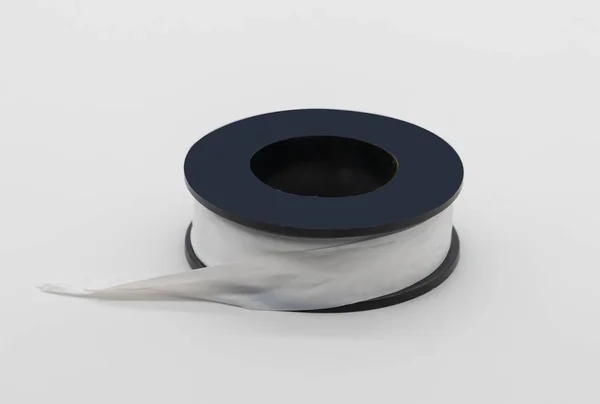
How to Properly Use Plumber’s Tape
Whether you’re sealing the connection on gas lines, water pipes, or fluid-power fittings, correctly applying plumber’s tape is critical. Follow these simple steps for a perfect seal every time.
Step 1: Prepare the Pipe Threads
Before applying plumber’s tape, ensure that the male pipe threads are clean, dry, and free of grease or debris. This helps the tape stick properly and ensures a smooth application.
Step 2: Start with the Correct Tape
Select the right type of tape for your application (e.g., yellow tape for gas lines or pink tape for heavy-duty water lines). Find the loose end of the tape roll, making sure it’s lying flat and ready for wrapping.
Step 3: Begin Wrapping in the Right Direction
Hold the tape at the starting point on the pipe threads (typically the second thread from the end). Wrap the plumber’s tape around the threads in the same direction that the fitting will be tightened—in most cases, this is the clockwise direction. Wrapping in the wrong direction can cause the tape to unravel when you connect the two pipes.
Step 4: Apply the Tape Evenly
Overlap the tape slightly as you wrap, ensuring full coverage of the threads. For standard applications, 2-3 wraps are sufficient. Be careful not to use excess tape, as this can make the connection difficult to tighten and compromise the seal.
Step 5: Smooth the Tape
Once the threads are fully wrapped, run your finger or a tool gently around the pipe threads to smooth the tape and ensure it adheres evenly. This minimizes wrinkles that could affect the seal.
Step 6: Make the Connection
Align the male and female threads, and carefully screw the two pieces together. Tighten the fitting securely, but avoid over-tightening, which can cause leaks or damage the threads.
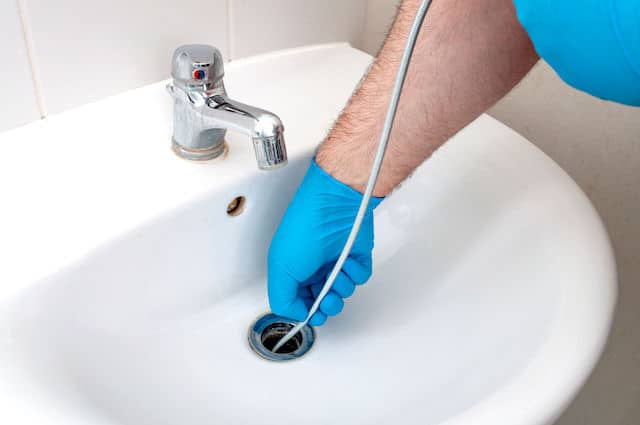
Common Mistakes to Avoid
Even experienced plumbers can sometimes make errors when using thread seal tape. Avoid these common mistakes to ensure a proper seal:
- Using the Wrong Tape: Always match the tape type to the material you’re sealing. For example, don’t use white tape on gas lines—opt for yellow tape instead.
- Over-Wrapping: Too many layers of tape can prevent a good connection and make it harder to tighten the fitting.
- Skipping Tape for Gas Lines: Never skip the tape for gas lines. Using the right tape (yellow) ensures a safe, leak-free connection.
- Wrapping in the Wrong Direction: Wrapping incorrectly can cause the tape to unravel, leading to leaks. Always wrap in the same direction as the thread turn.
Top Plumber’s Tape Brands
- 3M Gas Line PTFE Tape – Visit Website
- Mill-Rose Blue Monster PTFE Tape – Visit Website
- Oatey Pink Waterline PTFE Tape – Visit Website
- RectorSeal Yellow Gas Thread Seal Tape – Visit Website
- Dixon Valve and Coupling Teflon Tape – Visit Website
- Everflow PTFE Thread Seal Tape – Visit Website
These plumber’s tape brands are highly regarded for their quality and reliability. Click on the respective links to purchase the product and ensure a secure and leak-free plumbing experience.

Extra Tips for Working with Plumber’s Tape
- Keep it Accessible: Store your roll of plumber’s tape in an easily accessible location, as you’ll likely reach for it frequently.
- Check for Thickness: For plumbing repairs requiring thicker tape (e.g., pink tape for water lines), compare your tape’s thickness to ensure it’s up to the task.
- Don’t Over-Tighten: Applying too much force when tightening fittings can damage both the pipe threads and the seal.
Frequently Asked Questions
Q. Can plumber’s tape be used on all plumbing applications?
A. Plumber’s tape is versatile, but it’s not suitable for compression fittings or connections that don’t have male threads.
Q. Is plumber’s tape required for high-temperature applications?
A. Yes, plumber’s tape can handle high temperatures, making it ideal for most hot and cold water lines.
Q. How do I know if I’ve wrapped enough tape?
A. Typically, 2-3 wraps are enough for most applications. Adding too much tape can make the connection hard to tighten.
Q. Can I use plumber’s tape on gas lines?
A. Yes, but only use yellow thread seal tape, as it’s specifically designed to handle gases like propane and natural gas safely.

MD Sewer and Plumbing is here to repair and maintain your plumbing system. Contact us today!
Unleash the Power of Plumber’s Tape in Your Projects
Plumber’s tape is a fundamental tool for creating reliable seals in plumbing and gas connections. With the right type of tape, a little practice, and careful application, you can achieve leak-free results for just about any project.
Next time you’re tackling a plumbing repair or installation, remember to buy high-quality plumber’s tape and follow the steps outlined above for a smooth and secure finish.

